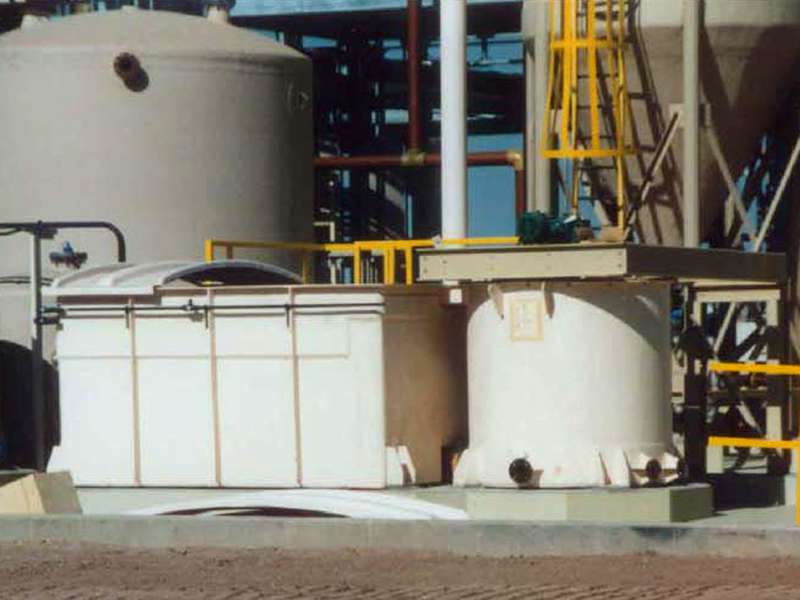
-
 Afrikaans
Afrikaans -
 Albanian
Albanian -
 Amharic
Amharic -
 Arabic
Arabic -
 Armenian
Armenian -
 Azerbaijani
Azerbaijani -
 Basque
Basque -
 Belarusian
Belarusian -
 Bengali
Bengali -
 Bosnian
Bosnian -
 Bulgarian
Bulgarian -
 Catalan
Catalan -
 Cebuano
Cebuano -
 China
China -
 China (Taiwan)
China (Taiwan) -
 Corsican
Corsican -
 Croatian
Croatian -
 Czech
Czech -
 Danish
Danish -
 Dutch
Dutch -
 English
English -
 Esperanto
Esperanto -
 Estonian
Estonian -
 Finnish
Finnish -
 French
French -
 Frisian
Frisian -
 Galician
Galician -
 Georgian
Georgian -
 German
German -
 Greek
Greek -
 Gujarati
Gujarati -
 Haitian Creole
Haitian Creole -
 hausa
hausa -
 hawaiian
hawaiian -
 Hebrew
Hebrew -
 Hindi
Hindi -
 Miao
Miao -
 Hungarian
Hungarian -
 Icelandic
Icelandic -
 igbo
igbo -
 Indonesian
Indonesian -
 irish
irish -
 Italian
Italian -
 Japanese
Japanese -
 Javanese
Javanese -
 Kannada
Kannada -
 kazakh
kazakh -
 Khmer
Khmer -
 Rwandese
Rwandese -
 Korean
Korean -
 Kurdish
Kurdish -
 Kyrgyz
Kyrgyz -
 Lao
Lao -
 Latin
Latin -
 Latvian
Latvian -
 Lithuanian
Lithuanian -
 Luxembourgish
Luxembourgish -
 Macedonian
Macedonian -
 Malgashi
Malgashi -
 Malay
Malay -
 Malayalam
Malayalam -
 Maltese
Maltese -
 Maori
Maori -
 Marathi
Marathi -
 Mongolian
Mongolian -
 Myanmar
Myanmar -
 Nepali
Nepali -
 Norwegian
Norwegian -
 Norwegian
Norwegian -
 Occitan
Occitan -
 Pashto
Pashto -
 Persian
Persian -
 Polish
Polish -
 Portuguese
Portuguese -
 Punjabi
Punjabi -
 Romanian
Romanian -
 Russian
Russian -
 Samoan
Samoan -
 Scottish Gaelic
Scottish Gaelic -
 Serbian
Serbian -
 Sesotho
Sesotho -
 Shona
Shona -
 Sindhi
Sindhi -
 Sinhala
Sinhala -
 Slovak
Slovak -
 Slovenian
Slovenian -
 Somali
Somali -
 Spanish
Spanish -
 Sundanese
Sundanese -
 Swahili
Swahili -
 Swedish
Swedish -
 Tagalog
Tagalog -
 Tajik
Tajik -
 Tamil
Tamil -
 Tatar
Tatar -
 Telugu
Telugu -
 Thai
Thai -
 Turkish
Turkish -
 Turkmen
Turkmen -
 Ukrainian
Ukrainian -
 Urdu
Urdu -
 Uighur
Uighur -
 Uzbek
Uzbek -
 Vietnamese
Vietnamese -
 Welsh
Welsh -
 Bantu
Bantu -
 Yiddish
Yiddish -
 Yoruba
Yoruba -
 Zulu
Zulu
Innovative Applications of Fiber Reinforced Polymer Grating in Modern Construction Techniques
Understanding Fiber-Reinforced Polymer (FRP) Grating A Comprehensive Overview
Fiber-Reinforced Polymer (FRP) grating is an innovative composite material that has been gaining attention in various industries for its superior mechanical properties and resistance to environmental factors. This advanced material primarily consists of a polymer matrix reinforced with high-strength fibers, typically glass or carbon fibers, which contribute to its exceptional strength-to-weight ratio. As a result, FRP grating is increasingly utilized in applications ranging from industrial flooring to pedestrian walkways and marine environments.
One of the defining features of FRP grating is its corrosion resistance. Traditional materials like steel and aluminum are often susceptible to rust and degradation when exposed to harsh environments, particularly in chemical processing plants, water treatment facilities, and marine applications. In contrast, FRP grating can withstand these conditions without compromising its structural integrity. This durability minimizes maintenance costs and extends the lifespan of the grating, making it a cost-effective alternative for long-term projects.
Understanding Fiber-Reinforced Polymer (FRP) Grating A Comprehensive Overview
FRP grating also offers excellent slip resistance, an essential feature for safety in industrial settings and pedestrian areas. The surface can be molded or cast to enhance friction, significantly reducing the risk of slips and falls, which is particularly crucial in wet or oily environments. This aspect makes FRP grating an ideal choice for applications where safety is a paramount concern.
frp grating

Aesthetic flexibility is another significant benefit of FRP grating. Available in various colors and finishes, it can be customized to meet specific aesthetic preferences or branding requirements. This versatility allows for integration into architectural designs seamlessly, enhancing not just functionality but also visual appeal.
Moreover, FRP grating is non-conductive and non-magnetic, making it suitable for applications in electrical and telecommunications industries, where electrical insulation is a requirement. This property extends to environments where electronic devices are in use, ensuring safety and efficiency.
Installation of FRP grating is straightforward and can be adapted to various configurations and sizes. It can be manufactured in standard grid patterns or tailored to specific project needs. The ease of installation further reinforces its appeal in both new constructions and rehabilitation projects.
In conclusion, FRP grating represents a remarkable advancement in material technology, combining strength, durability, and versatility. Its resistance to corrosion, lightweight nature, slip-resistant surface, and aesthetic customization make it an attractive choice across multiple sectors, including construction, transportation, and marine industries. As more businesses and developers recognize the benefits of FRP grating, its applications will likely continue to expand, paving the way for a more efficient and sustainable future in infrastructure development. With ongoing research and innovation, FRP grating is poised to play a pivotal role in creating safer, more durable environments in the years to come.









